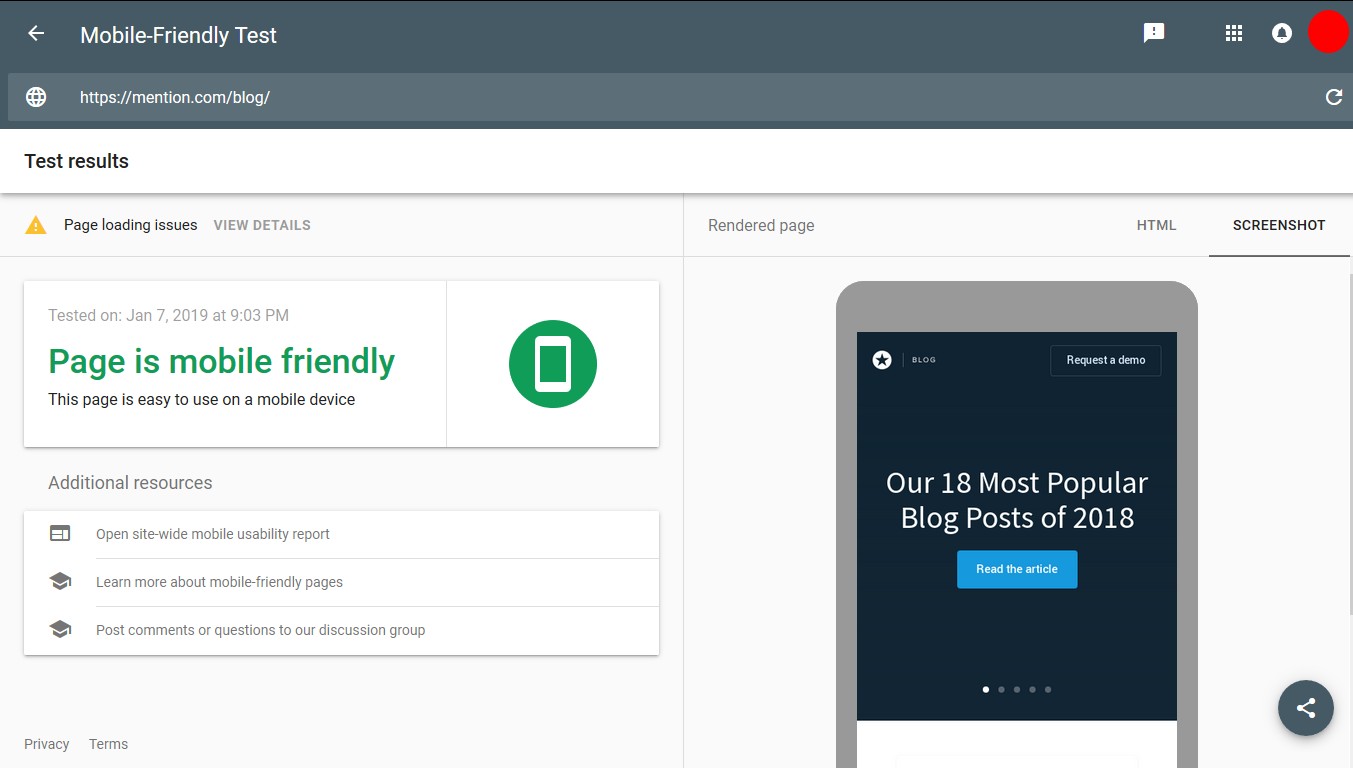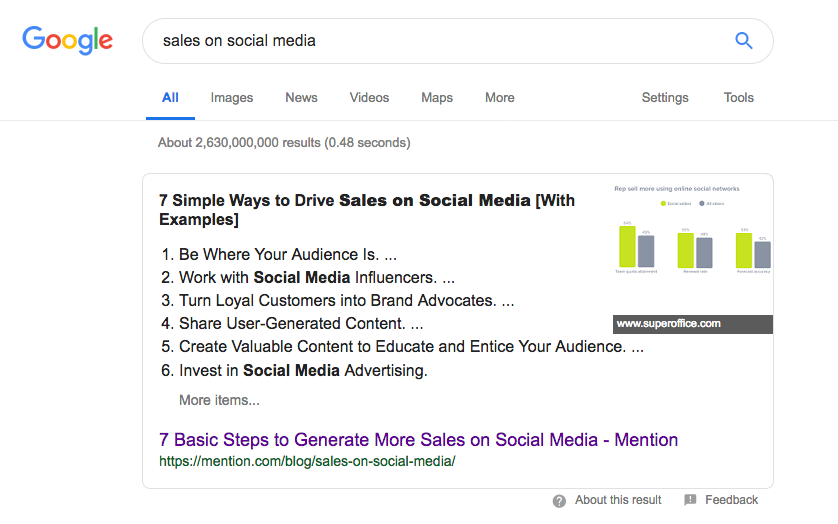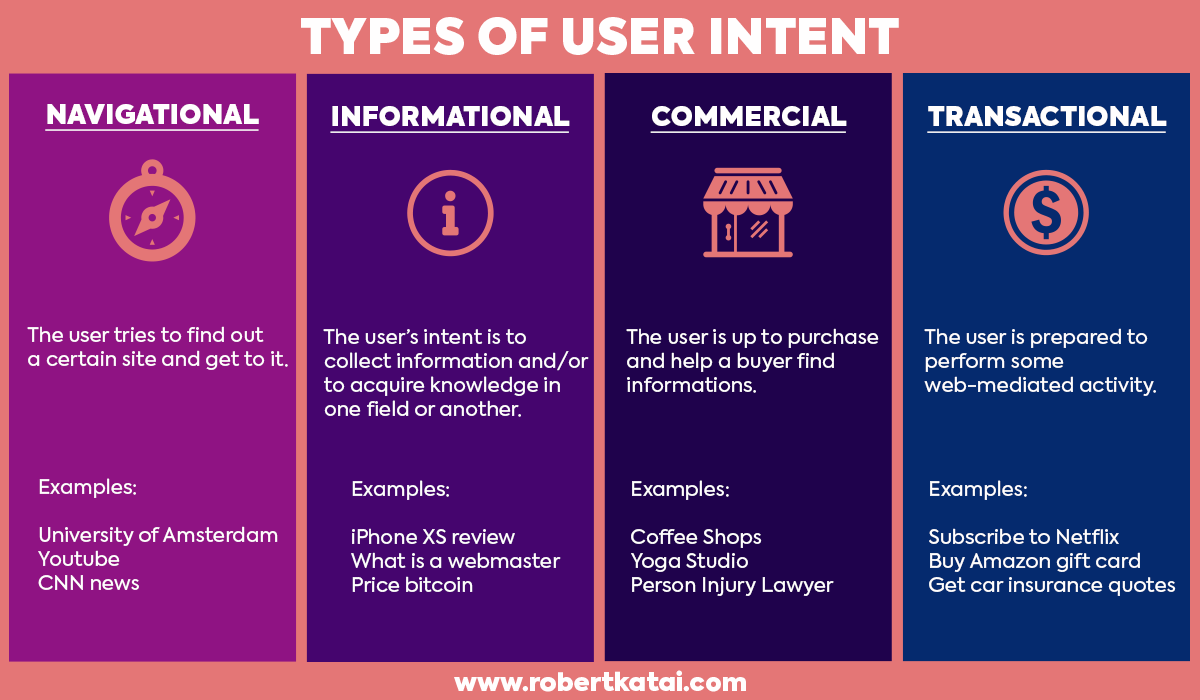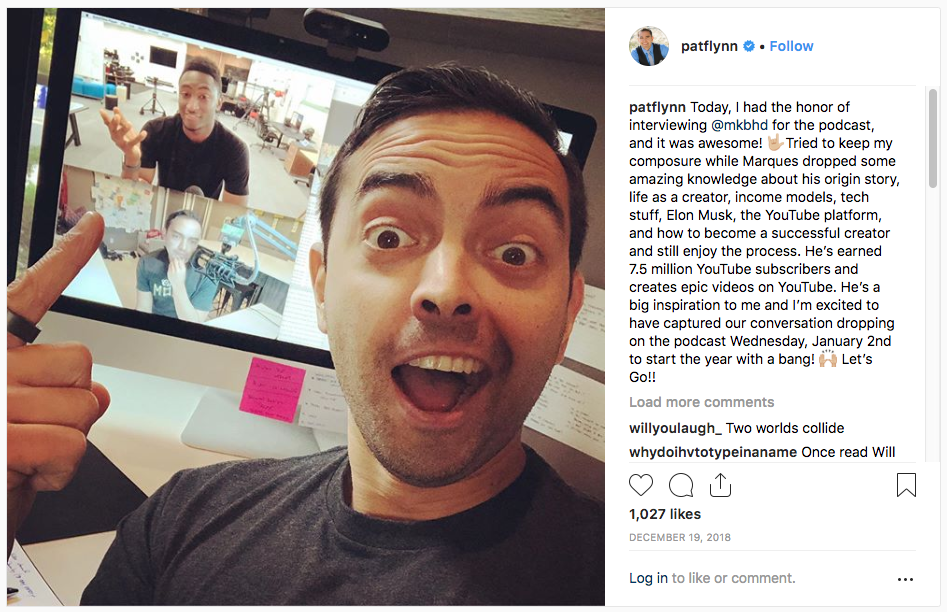Search Engine Optimization – SEO for short – is a crucial part of a website’s marketing strategy.
Content is and will always be important – it is the core of your marketing campaigns. However, all your efforts may prove to be quite useless if that core is not shielded, anchored by something. And that something is SEO, the process which actually helps you reach out to the audience and deliver your message/content.
Optimization allows your website to be found, increases traffic, visibility and lead generation.
In order for it to be effective, however, you need to create a lucrative strategy. You should think about SEO while you are creating the content and you should think about it outside of the creative work as well.
Furthermore, you need to keep on constantly learning about the phenomenon and stay up to date with everything that happens in this area of expertise.
What can you do right now?

First, you should learn everything that is to be learned about SEO and search engine ranking. There are a lot of courses and valuable guides available online, and they will most certainly help you get the most out of your campaigns with minimal time investment.
However, everything depends on you industry and your goals. Learning SEO is all about accomplishing specific objectives and seldom about mere generalities.
For instance, a medical-related blog would benefit from courses such as this one while a more generalist blog will benefit more from guides similar to this one. Or, if you want to promote a B2B company, you might find useful a guide/course that specializes in this type of activity such as this one.
All in all, it is better to make sure you know the basics before embarking on such an endeavor.
Then, try to study the phenomenon on a daily basis and keep up to date with everything that happens, all the changes, the additions, plus the trends.
Here are some of the trends that will most certainly matter in 2019. Should you want to keep your relevancy, I suggest including them in your future strategies.
Let’s take a quick look at the of 5 tips and find out why each one of these items is important in this context:
1. Think mobile
5 hours a day. This is the amount of time the average consumer spends on a mobile device, be it smartphone or tablet.
Moreover, 52.2% of all worldwide online traffic was generated in 2018 through mobile phones. Not all websites are designed to account for this significant shift in the way people navigate through the WWW. Some of them are optimized for mobile use while others suffer seriously in regards to the load time and the responsibility of their visual style.
Having more than half your audience accessing your website via mobile devices should, however, be quite relevant to your SEO strategy. Nowadays, success depends on how your pages respond when accessed on smartphones and tablets – this should be your starting point for SEO improvements.
There are two things here that matter the most:
The first one is speed while the second is readability. I am talking about a specific type of readability that depends mostly on responsiveness. You can check your mobile loading speed easily with Google. Their app is intuitive, easy to use and quite effective in determining your website quality.


If the results are not so good, you’ll want to start optimizing your website. To this end, you should make sure you have a reliable hosting service, only the essential plugins, and a mobile-friendly theme. You will also need to check your visuals and make sure they are also optimized for mobile use in terms of compression, size, and quality.
The second issue, readability, has everything to do with your mobile responsiveness. You can check your website using a Google tool as well. This time, it will check how your website looks and feels on mobiles instead of its speed.


Here’s what the actual test looks like, performed on Mention Blog:


As you can see it in the above screenshot, Google defines as mobile-friendly a responsive page that adapts to mobile screens as if it were native on such a device. Responsiveness adds as well to the readability of the content.
What can you do if you find issues here?
If you are using WordPress or another similar commercial CMS, it is important to look for a responsive theme and use only the essential plugins and scripts. If you need a custom theme, you can just work on the base of a responsive template and build your way through it.
But if you are using a custom-built CMS, things can get more difficult but not impossible. They’d be difficult in the sense that if your theme is not yet responsive, you’ll need to talk with the developer or hire one in order to get read of the issue.
Other important things that need to be checked:
- Optimize images for speed without losing their quality or readability. You can use tools such as Tiny PNG in order to compress and optimize your images fast and easy.
- Upload your video – if any – on third party streaming platforms such as Wistia.
2. Featured snippets ranking
Featured snippets are the information blocks that appear in the search engine right below the Google Ads, if there are any, usually above any other results triggered by the search.
These snippets are designed by Google to help the users find useful information fast and easy to read/understand. And of course, you can profit from them by getting your content on top of your competitors’ articles. I am talking about the content, of course. Here’s a quick preview f how a featured snippet looks like:


As you can see, for this specific keywords search, “sales on social media”, this article published by Mention got the desired position zero and qualified as a featured snippet.
How does one get there? Let’s review, in short, some of the most important steps and strategies for your content production:
- Do keyword research. It is important to find which keywords are most popular and at the same time, which keywords have the least competition. The lower is the competition for a specific set of keywords, the higher will be your chance to rank high for that specific search. There are several tools available online for SEO professionals. I suggest using MOZ’s keywords explorer. It is easy to use and the results are great.


- Answer some questions. Most of the searches are based on questions people need answers for. Give them these answers in a simple and comprehensive style. The easiest way to come up with really good questions, is to use the keywords found during the initial research and focus on them at first. The best tools you can use at this point are Moz’s Keywords Explorer, which I have already mentioned and Answer The Public. If you are searching to find questions applicable to a specific set of keywords and nothing more, I suggest using the later one.


- Use a bullet/numbering system when you need to list a series of answers. As you can see from the above visual example, lists are a great example in this case because the search engine is able to extract the structure of your article and provide the user with a comprehensive answer. Should they want to learn more, they’d just need to click on the link.
- Make sure your content is valuable. Check the competition, see what have they written on a specific topic and try to be better. Come up with something better and at the same time new.
- Work on acquiring valuable backlinks to your content. In order to do this, make sure your content is really good. A lot of other blogs and websites will links back to you if you have something of value to say. Also,you can use social media to promote your content and websites such as Quora to mention your responses.
3. User intent content
When it comes to traffic, especially if you are marketing an eCommerce business, user intent is essential. It should be the main idea of focus for you.
What does user intent mean?
In short, it refers to the information or the product the user is looking for. In other words, they will access your page should they intend to find exactly the thing (or something similar) that you are writing about. Or, the products you are selling.
For example, the user wants to:
- Go somewhere
- Find something
- Find an answer to a question
- Buy something
- Learn something new about something
- And so on…
Based on this, we have 4 types of user intent:


- Navigational: The user tries to find a specific website or page. They already know a little bit about your brand, about what you are writing etc.
- Informational: The user tries to find information on a specific topic. They have some keywords, maybe a question, they search answers and valuable knowledge about their issues.
- Commercial: The user wants to buy a specific product or acquire specific services. They may not be aware that you exist out there and that you are able to fulfill their needs. However – search engines – based on keywords and content, will guide these users to you.
- Transactional: The user knows you, knows your products or services – and after informing themselves – they are prepared to make a purchase.
Search engine rankings play a major role here. They always did and it seems they always will.
This happens because it is not enough to have the answer to the users’ questions. You need to also allow them to find your answers easily on the web. You need to stay on top of the competition regarding the web search. While this isn’t easy – it is not impossible either.
What can you do?
Study the competition. Research the most popular keywords based on your industry, what other people are looking for and the kind of results they are able to get through search engines.
Then, try to identify the best keywords to target with your own content, and work based on them.
You can also study the competitors’ FAQ pages, related forums and industry’s help centers in order to get the required keywords.
4. Backlinks are still important
Backlink building may not be as important as it once were – when search engine rankings depended only on the number of backlinks you got.
Today, ranking depends on a series of factors and we’ve already discussed an important part of this aspect in the previous aspect.
However, the backlink factor that should not be forgotten either. It is essential in brand building and website reputation and still, the number one factor in search engine ranking.
Before engaging into backlinking strategies, it is important to conduct research and organize your findings into several categories. You’ll want to base them on the industry they come from, and by the reputation of the website linking back to you or the traffic generated by that website.
Reputable and quality backlinks can get you more exposure, more traffic and a significant boost in trust.
The emphasis, however, should be on brand building and not on ranking high on Google. Combine this strategy with the above, keyword-based strategy and you will get there faster than ever.
According to Google’s Guidelines, “the best way to get other sites to create high-quality, relevant links to yours is to create unique, relevant content that can naturally gain popularity in the Internet community.
Creating good content pays off: Links are usually editorial votes given by choice, and the more useful content you have, the greater the chances someone else will find that content valuable to their readers and link to it”.
TIP: You can also check the internet for brand mentions that do not link back to you, then try to contact the webmasters or site owners to ask them to give you backlinks. You can find them easily with brand monitoring tools like Mention and, if you want to be successful, you can give something of value in return.
5. Smart content repurposing
We’ve all had to deal from time to time with the concept of content repurposing.
It happens – more frequent than expected – to discover content that needs to be updated and republished. In other cases, content that was already published on a platform you don’t use anymore and can be adapted to be republished on your website or blog.
In terms of SEO, these refurbished materials are great but this time, I want to talk about something different. It’s about adapting your content to multiple types of media and improve your SEO rating through it.
Content repurposing made easy
If you have a podcast, a video blog, or you are in the infographic creation business, you can do more with your content that just publish it under the original format.
My advice would be to transcribe into text everything you create that is not to be published as an article or a blog post. Then, publish the transcription along with the original multimedia file, whether it is an audio, a video or a static visual file.
Textual articles will allow you to insert keywords and it will help you improve your page rank. Also, it can drive in more visitors. On one hand, there will be the organic traffic generated by the search engines.
On another hand, you’ll get a lot of visitors that are looking for written content instead of the audio or the video blog. And, if you are publishing infographics, you may take benefits from the potential visitors who are looking to read a more detailed, more thorough text regarding the topic they search.
Here’s an example from Pat Flynn:


What did he do?
Well, he recorded a podcast with Marques Brownlee as a guest. Then, he transcribed the podcast and wrote an article about it available on the same page. Finally, he advertised his piece on Instagram and on YouTube with a video as well.
Over to you
SEO is and should be an important part of your marketing strategy, along with content marketing.
In order for that said content to be effective, you need a lucrative SEO plan and at least, a basic knowledge of it.



As long as you stay up to date with the latest trends in the industry and with this article, SEO will become easier.
In 2020, you should focus on backlinks, keywords, and mobile-friendliness – at the same time – user-intent, featured snippets and smart content repurposing.






